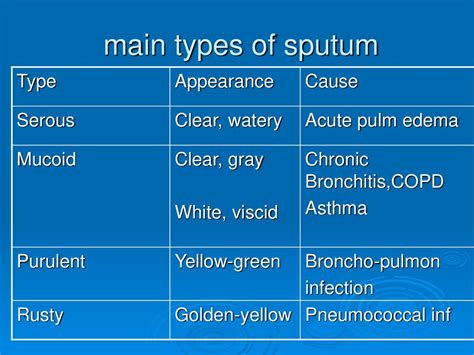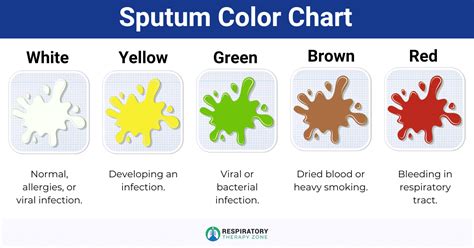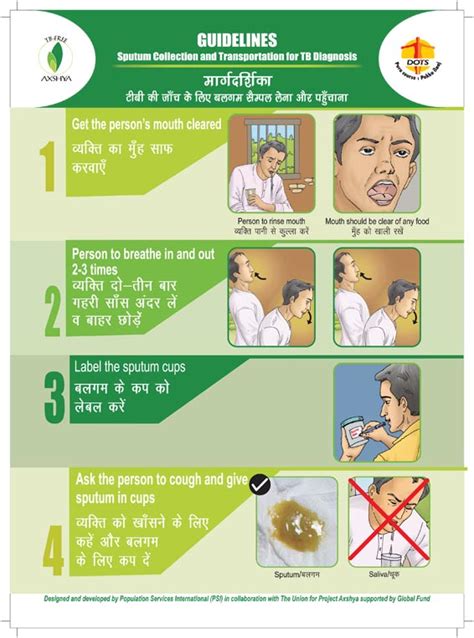Intro
Discover what is sputum, a mixture of mucus and saliva, and learn about its role in respiratory health, including phlegm production, coughing, and lung function, to understand its significance in diagnosing conditions like bronchitis and pneumonia.
Sputum, also known as phlegm, is a thick, sticky substance that is produced by the lungs and airways in response to infection, inflammation, or irritation. It is a natural defense mechanism that helps to trap and remove foreign particles, such as dust, bacteria, and viruses, from the respiratory system. Sputum can be clear, yellow, green, or brown in color, depending on the underlying cause of its production.
The production of sputum is a common symptom of many respiratory conditions, including bronchitis, pneumonia, tuberculosis, and chronic obstructive pulmonary disease (COPD). In healthy individuals, sputum is typically clear and is produced in small amounts, but in people with respiratory conditions, it can be thick and discolored, and may be produced in large quantities. Understanding the composition and characteristics of sputum is essential for diagnosing and managing respiratory conditions.
Sputum production is a complex process that involves the coordination of multiple cell types and biochemical pathways. The lungs and airways are lined with mucous membranes that produce mucus, a thick, protective substance that helps to trap foreign particles and prevent them from entering the lungs. In response to infection or inflammation, the mucous membranes produce excess mucus, which can become thick and sticky, forming sputum. The characteristics of sputum, such as its color, consistency, and volume, can provide valuable clues about the underlying cause of its production.
Types of Sputum

There are several types of sputum, each with distinct characteristics and underlying causes. The most common types of sputum include:
- Clear sputum: This type of sputum is typically produced by healthy individuals and is clear or white in color. It is usually thin and watery, and may be produced in small amounts.
- Yellow or green sputum: This type of sputum is often produced in response to a bacterial infection, such as pneumonia or bronchitis. It may be thick and sticky, and may have a foul odor.
- Brown sputum: This type of sputum is often produced in response to a fungal infection, such as aspergillosis. It may be thick and sticky, and may have a musty odor.
- Rusty sputum: This type of sputum is often produced in response to a condition called pneumococcal pneumonia. It may be thick and sticky, and may have a rusty or reddish-brown color.
Causes of Sputum Production
Sputum production can be caused by a variety of factors, including:
- Infections: Bacterial, viral, or fungal infections can cause the lungs and airways to produce excess mucus, leading to sputum production.
- Inflammation: Conditions such as bronchitis, asthma, and COPD can cause inflammation in the lungs and airways, leading to sputum production.
- Irritation: Exposure to irritants such as dust, smoke, or chemicals can cause the lungs and airways to produce excess mucus, leading to sputum production.
- Allergies: Allergic reactions to substances such as pollen, dust, or mold can cause the lungs and airways to produce excess mucus, leading to sputum production.
Diagnosis and Treatment

Diagnosing the underlying cause of sputum production is essential for effective treatment. A healthcare provider may use a variety of diagnostic tests, including:
- Chest X-ray: To visualize the lungs and airways, and to identify any abnormalities or infections.
- Sputum culture: To identify the presence of bacteria, viruses, or fungi in the sputum.
- Pulmonary function tests: To assess lung function and identify any abnormalities.
- Blood tests: To check for signs of infection or inflammation.
Treatment for sputum production depends on the underlying cause, and may include:
- Antibiotics: To treat bacterial infections.
- Antiviral medications: To treat viral infections.
- Anti-inflammatory medications: To reduce inflammation and swelling in the lungs and airways.
- Bronchodilators: To open up the airways and improve breathing.
- Expectorants: To thin and loosen mucus, making it easier to cough up.
Complications of Sputum Production
If left untreated, sputum production can lead to a range of complications, including:
- Respiratory failure: In severe cases, sputum production can lead to respiratory failure, which can be life-threatening.
- Pneumonia: Untreated sputum production can lead to pneumonia, which can be serious and even life-threatening.
- Chronic obstructive pulmonary disease (COPD): Repeated episodes of sputum production can lead to COPD, a chronic and progressive lung disease.
- Lung abscess: Untreated sputum production can lead to the formation of a lung abscess, which can be serious and even life-threatening.
Prevention and Management

Preventing and managing sputum production requires a combination of lifestyle changes, self-care strategies, and medical treatment. Some ways to prevent and manage sputum production include:
- Quitting smoking: Smoking is a major risk factor for respiratory conditions, and quitting can help to reduce sputum production.
- Avoiding irritants: Avoiding exposure to irritants such as dust, smoke, and chemicals can help to reduce sputum production.
- Staying hydrated: Drinking plenty of fluids can help to thin and loosen mucus, making it easier to cough up.
- Using a humidifier: Adding moisture to the air can help to thin and loosen mucus, making it easier to cough up.
- Getting vaccinated: Getting vaccinated against flu and pneumonia can help to reduce the risk of respiratory infections.
Self-Care Strategies
In addition to medical treatment, there are several self-care strategies that can help to manage sputum production, including:
- Coughing techniques: Using effective coughing techniques, such as the "huff cough," can help to loosen and clear mucus from the lungs and airways.
- Breathing exercises: Practicing breathing exercises, such as diaphragmatic breathing, can help to improve lung function and reduce sputum production.
- Postural drainage: Using postural drainage techniques, such as lying on one's side or using a wedge pillow, can help to loosen and clear mucus from the lungs and airways.
- Chest physiotherapy: Using chest physiotherapy techniques, such as clapping or vibrating the chest, can help to loosen and clear mucus from the lungs and airways.
What is the difference between sputum and mucus?
+Sputum and mucus are often used interchangeably, but they are not exactly the same thing. Mucus is a thick, protective substance that is produced by the mucous membranes in the lungs and airways. Sputum, on the other hand, is the mixture of mucus and other substances, such as bacteria, viruses, and debris, that is coughed up from the lungs and airways.
What are the symptoms of sputum production?
+The symptoms of sputum production can vary depending on the underlying cause, but common symptoms include coughing, wheezing, shortness of breath, and chest tightness. In some cases, sputum production can be accompanied by fever, chills, and fatigue.
How is sputum production diagnosed?
+Sputum production is typically diagnosed through a combination of physical examination, medical history, and diagnostic tests, such as chest X-ray, sputum culture, and pulmonary function tests.
In conclusion, sputum production is a common symptom of many respiratory conditions, and understanding its causes, diagnosis, and treatment is essential for effective management. By combining medical treatment with self-care strategies and lifestyle changes, individuals can reduce sputum production and improve their overall respiratory health. We invite you to share your thoughts and experiences with sputum production, and to ask any questions you may have about this topic.
